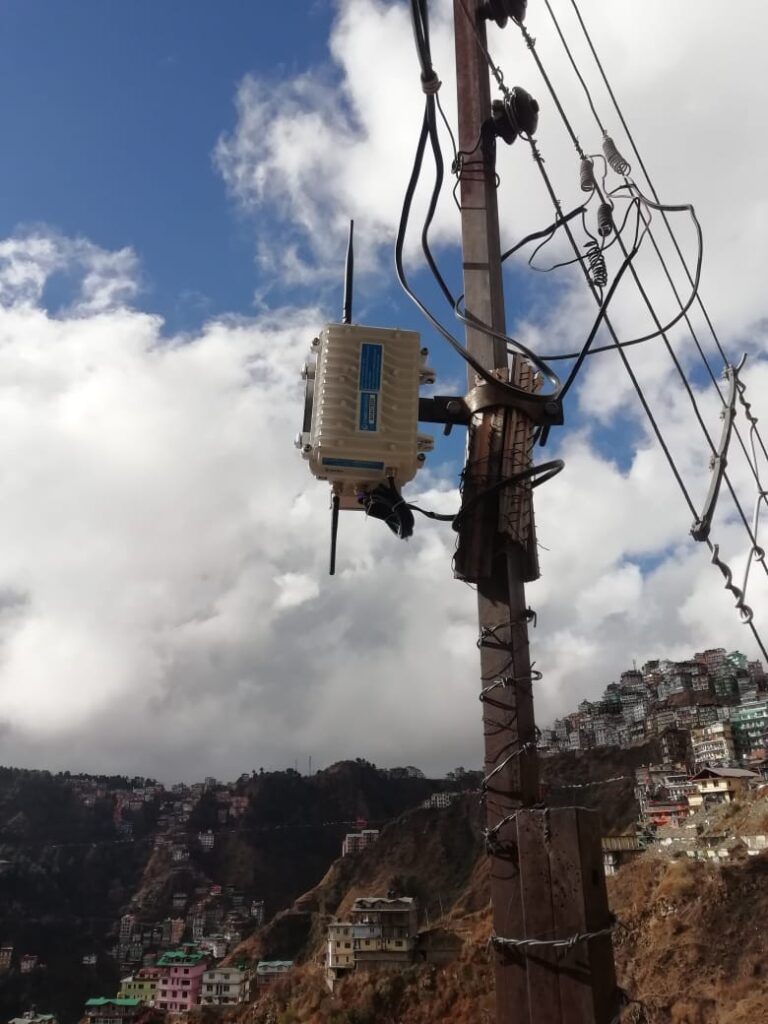The Bureau of Indian Standards (BIS) has adopted Wi-SUN Alliance FAN (Field Area Networks) specification as included in IEEE 2857-2021, as the national standard for India’s Smart Meter RF Communication Networks.
In a release, Wi-SUN Alliance said that this adoption also aims to enable interoperable, multi-service and secure wireless communications networks for government, utilities, service providers, and enterprises in India.
A global ecosystem of 350+ industry leading companies driving the adoption of interoperable wireless solutions for use in smart utilities and smart cities, the Wi-SUN Alliance FAN specification is used to support the specification and rollout of large-scale outdoor networks including smart metering projects, smart grids, street lighting, and other IoT applications, the release noted.
Important role of wireless mesh technology
“The adoption of Wi-SUN Alliance wireless communications specification, incorporated in IEEE 2857, as a standard for India by the BIS is a clear signal that the National Standards Body recognises the role that wireless mesh technology will play in driving the growth of smart cities in India and the rapid rollout of smart meter projects over the next few years,” adds Phil Beecher, President and CEO of Wi-SUN Alliance. “This recognition is also a huge growth opportunity for member companies based in India, including Cisco, Renesas, Silicon Labs, Texas Instruments, Exegin, and CyanConnode, as well as those looking to expand into the Indian market.”
Unlike proprietary solutions, open standard solutions like Wi-SUN FAN offer transparency, interoperability and flexibility, eliminating the risk of single point failures, the release noted.
How it works
Wi-SUN FAN uses public-key infrastructure (PKI), with each device containing a unique identity certificate. This enables mutual authentication of devices and the network, preventing rogue devices from accessing the network. Wi-SUN FAN’s adoption of IPv6 facilitates the use of standard enterprise network security tools. This ensures utilities can conduct intrusion detection, traffic shaping, network analysis, and penetration testing, allowing for better mitigation of DOS attacks, while offering better network visibility. Proprietary solutions don’t fit the BIS requirements, making Wi-SUN the logical choice for long-term operations and maintenance.
Credibility of open standard
“Smart meters are pivotal for India’s ambitious Smart City projects and it will help distribution companies manage the dynamic and disruptive changes occurring in the grids, especially with the infusion of solar energy, home automation systems, electric vehicles, and more. For any Smart City, smart metering is a prerequisite. Wi-SUN’s wireless communication standards are great for implementing such large-scale projects in the country as it provides the credibility of an open standard that is secure and interoperable,” said Amarjeet Kumar, India Regional Coordinator, Wi-SUN Alliance.
Wi-SUN FAN test labs in India
Wi-SUN Alliance is already running the Wi-SUN FAN PHY certification program for the Indian frequency band (865-868MHz). Several member companies have already certified their products. Any new product can get tested at TUV Rheinland Bangalore; a Wi-SUN approved lab for certification. Wi-SUN Alliance is also working on starting the certification program for Wi-SUN FAN specification shortly and currently it is in pre-certification stage. The test setup available at the approved lab for Wi-SUN FAN certification can also be used for IEEE 2857 and BIS standard IS18010 (Part4/Sec1) compliance testing and verification.
Improving the operational efficiency, profitability and cost effectiveness of power distribution companies in India calls for the rapid adoption of smart metering technology. While India has currently installed 8.6 million smart metres, it’s still in the nascent stage of rolling out this technology to all households in the country, providing immense growth potential for solutions offering interoperability, the release added.
Featured photograph (source: Cyanconnode) is for representation only.

